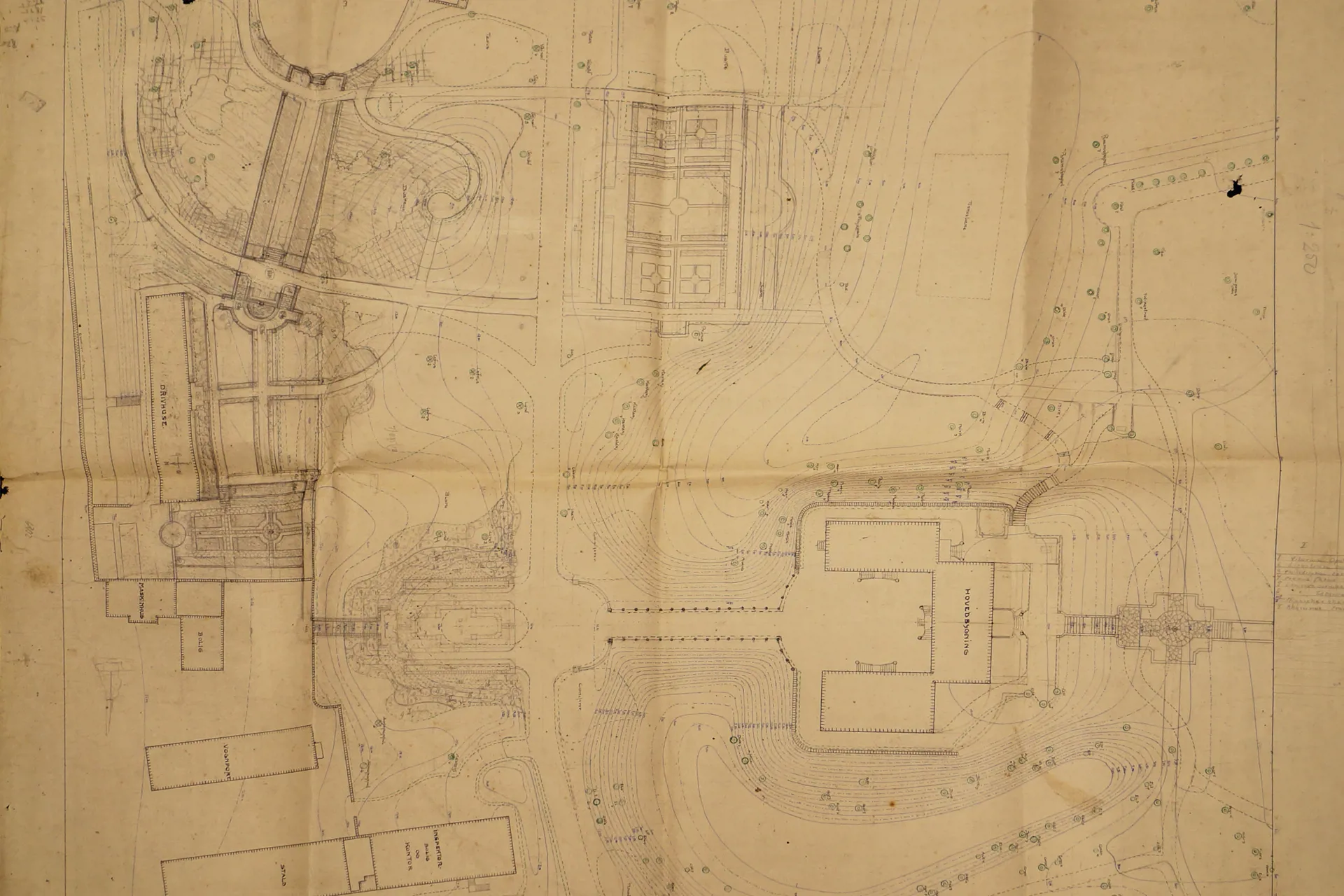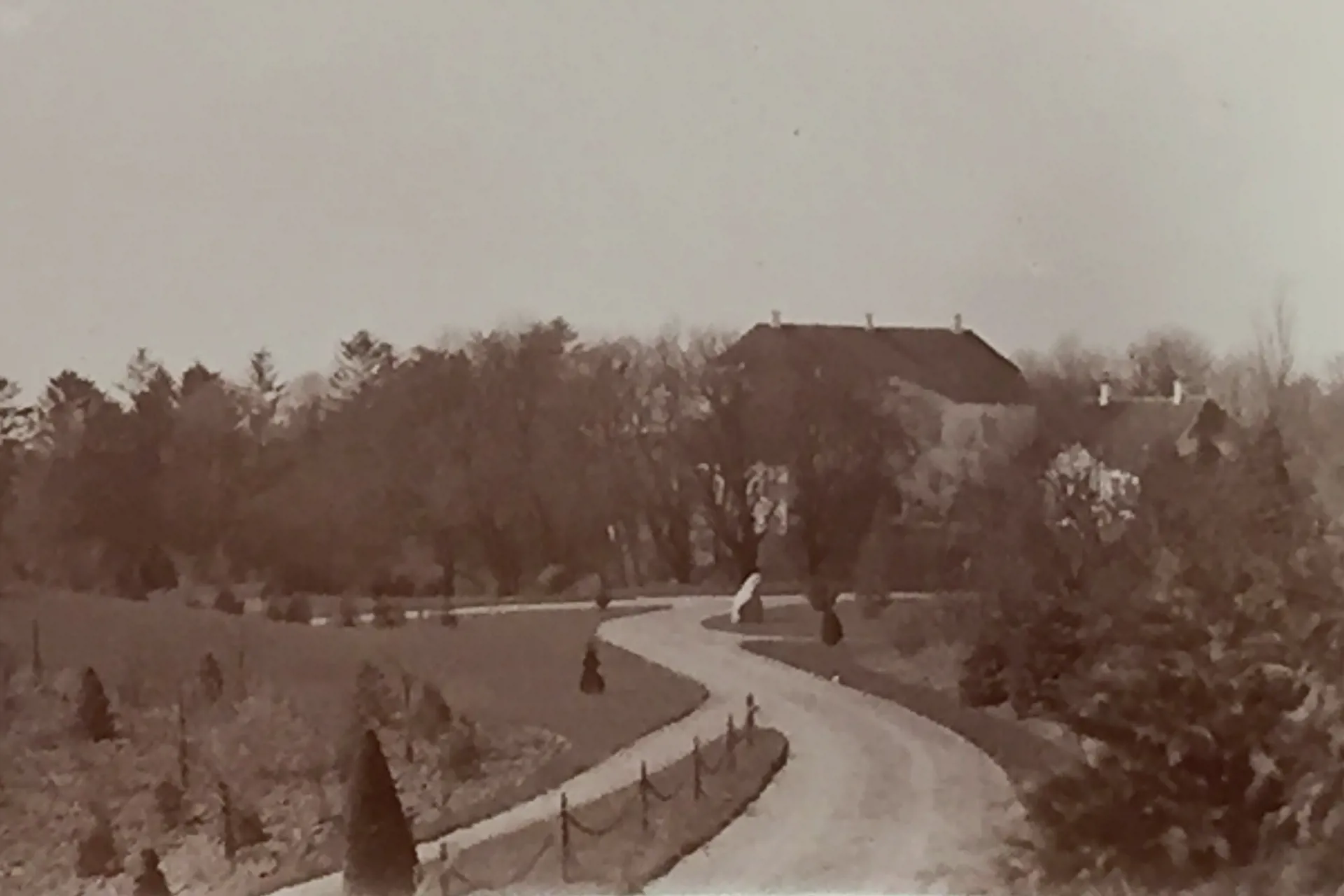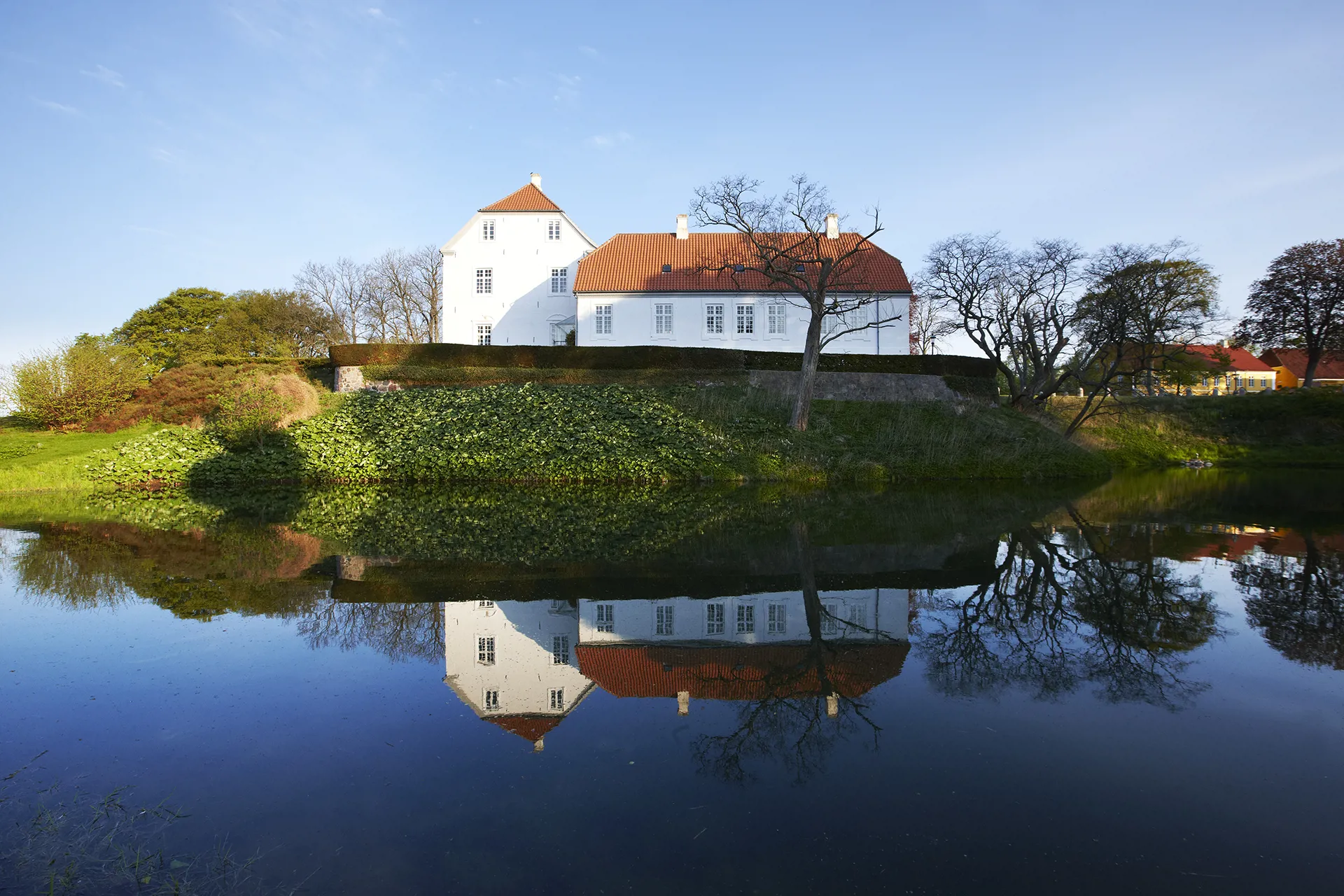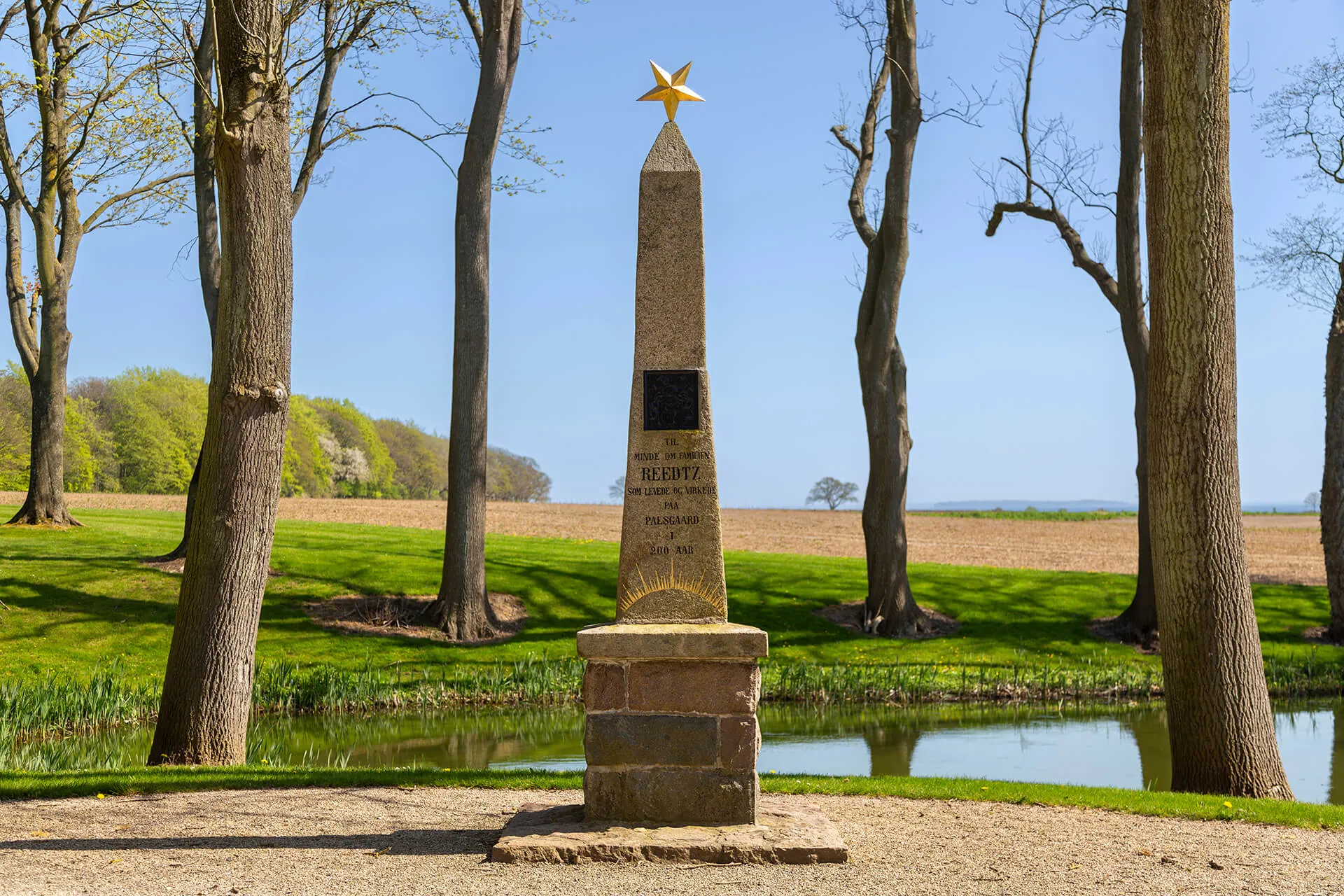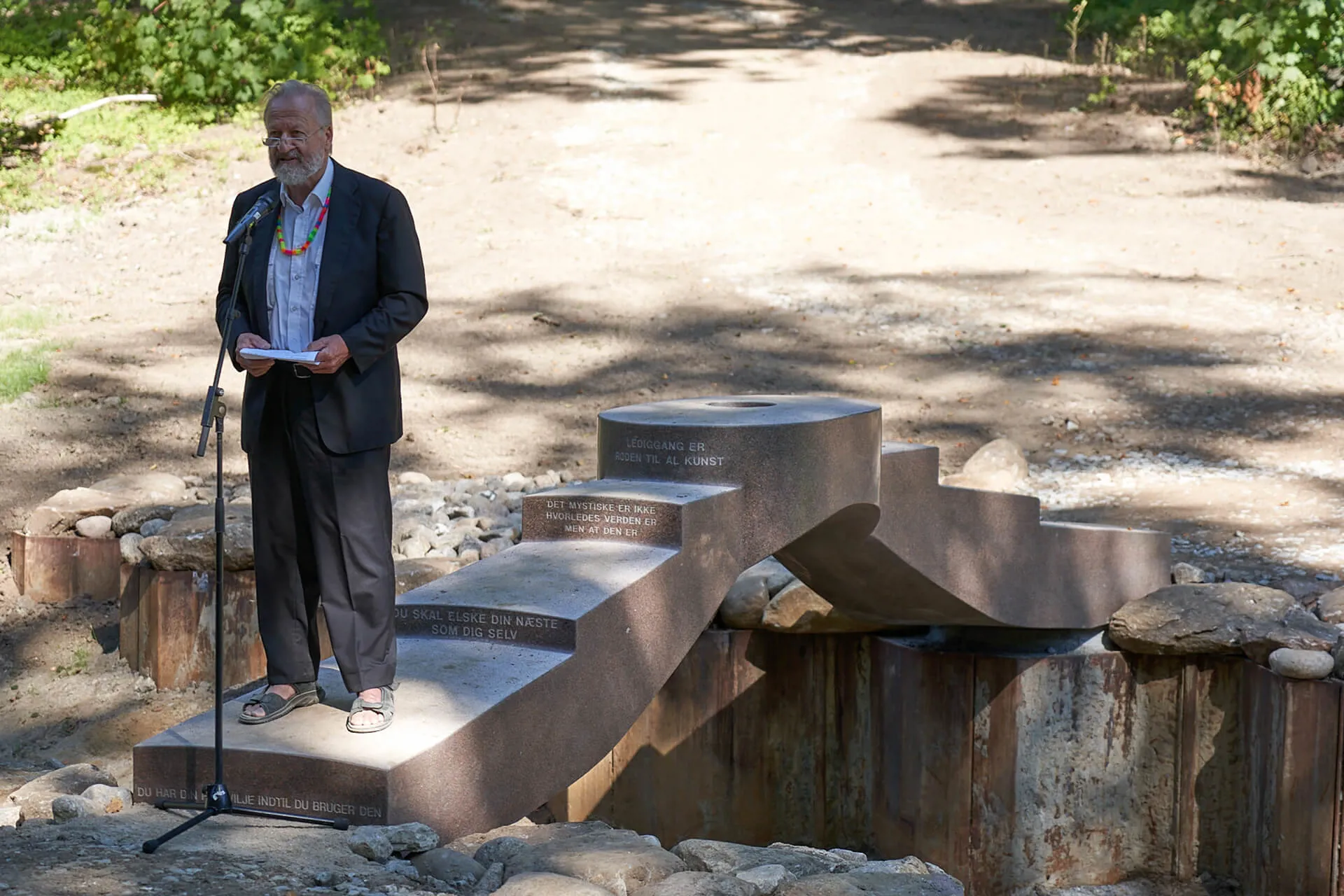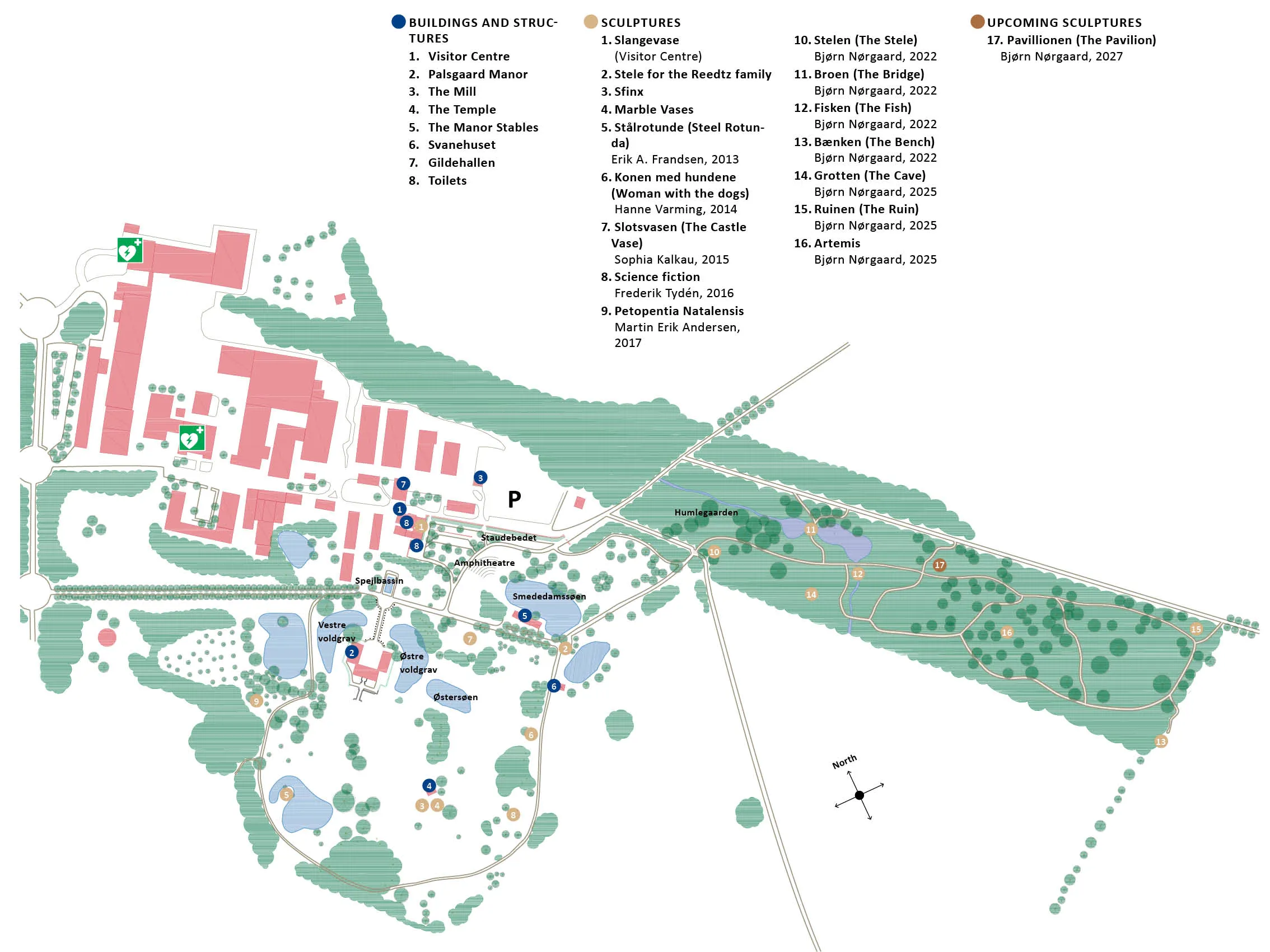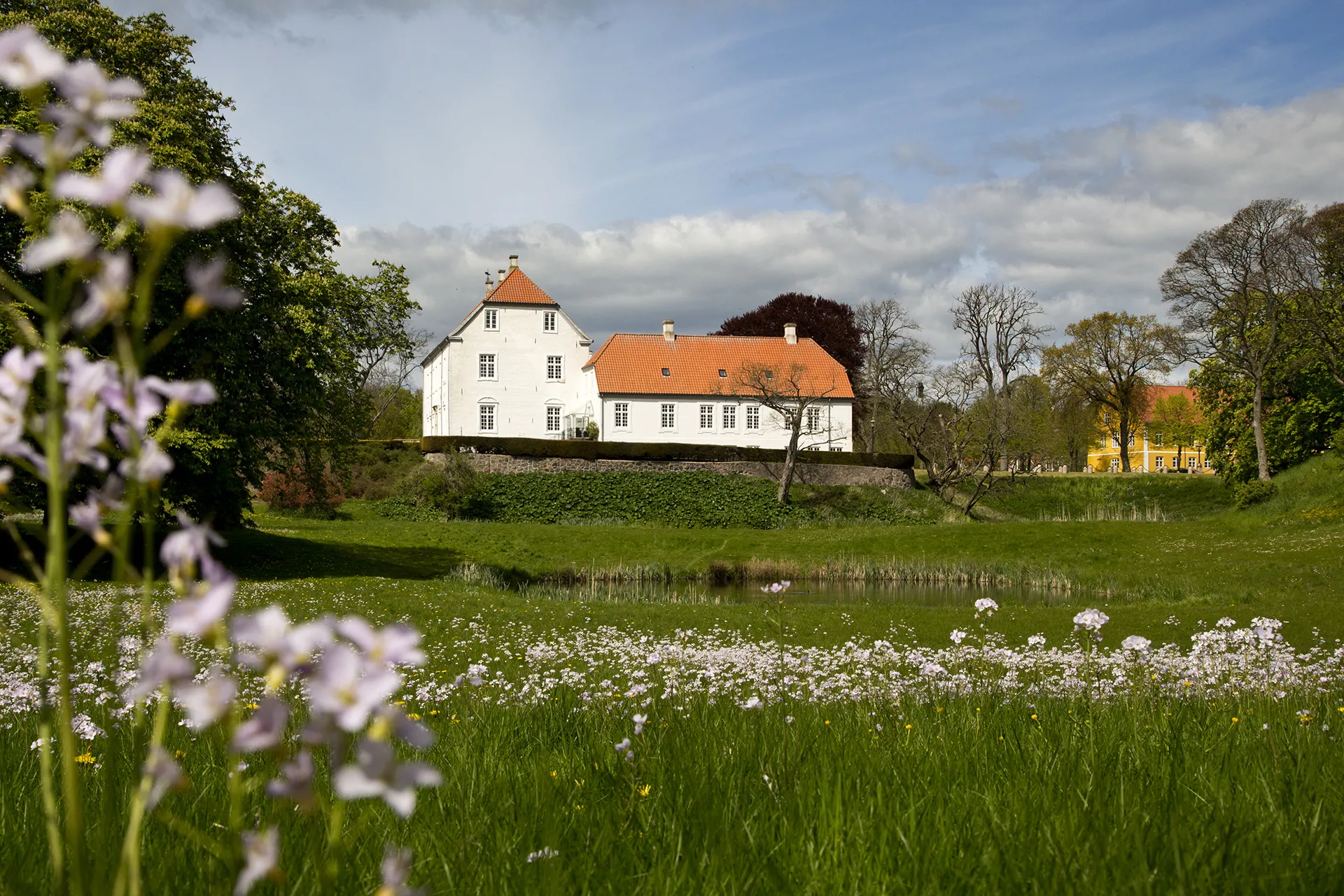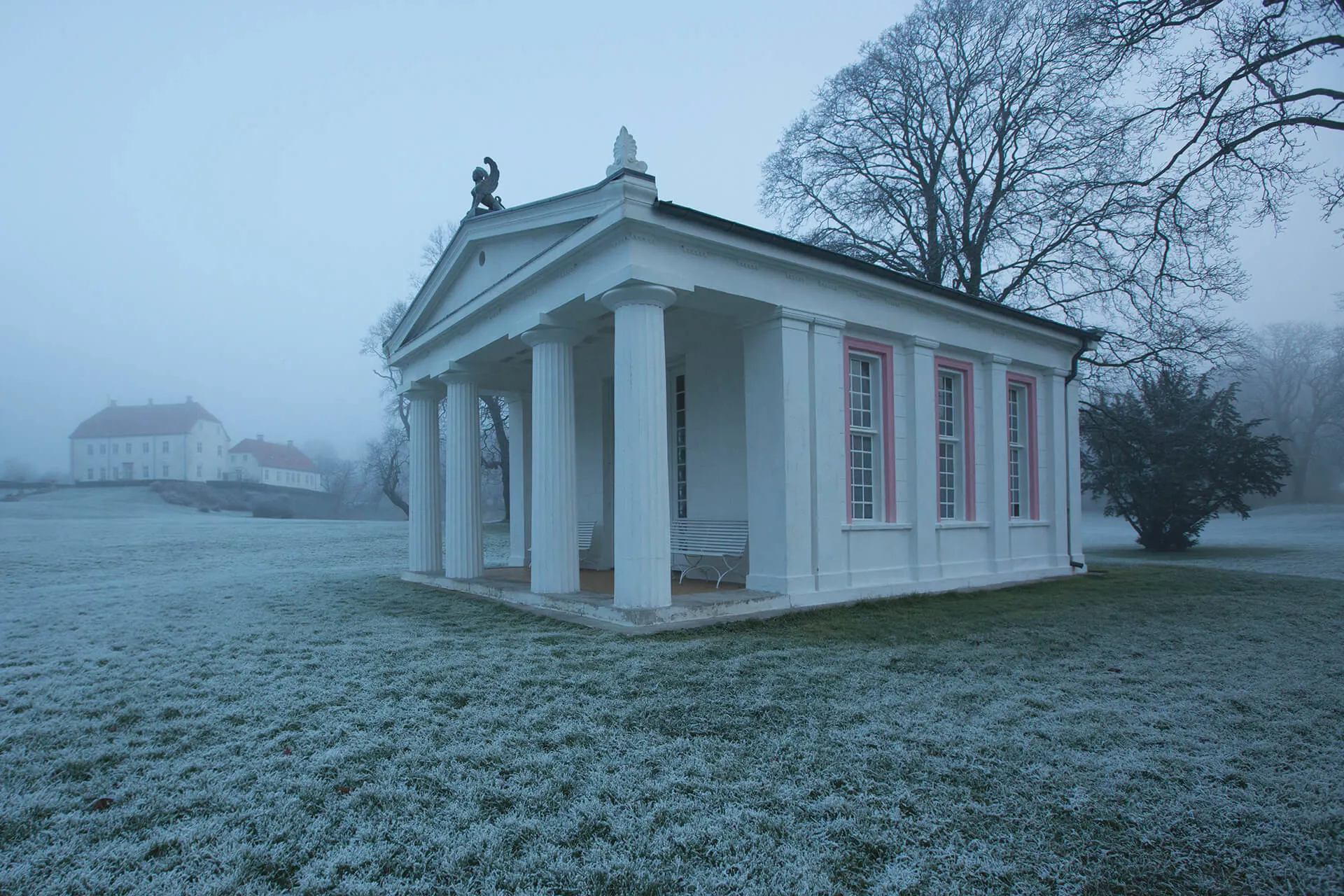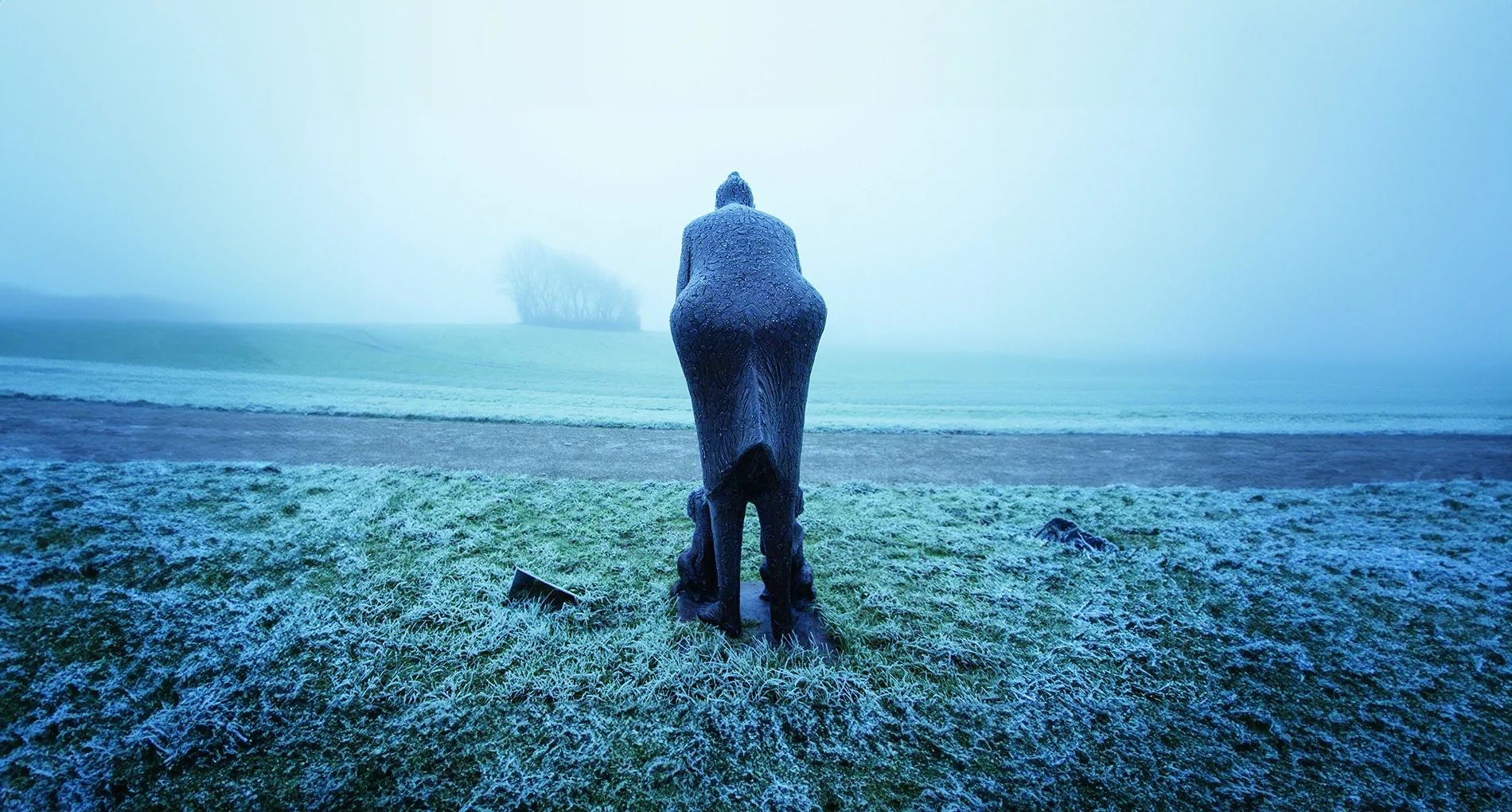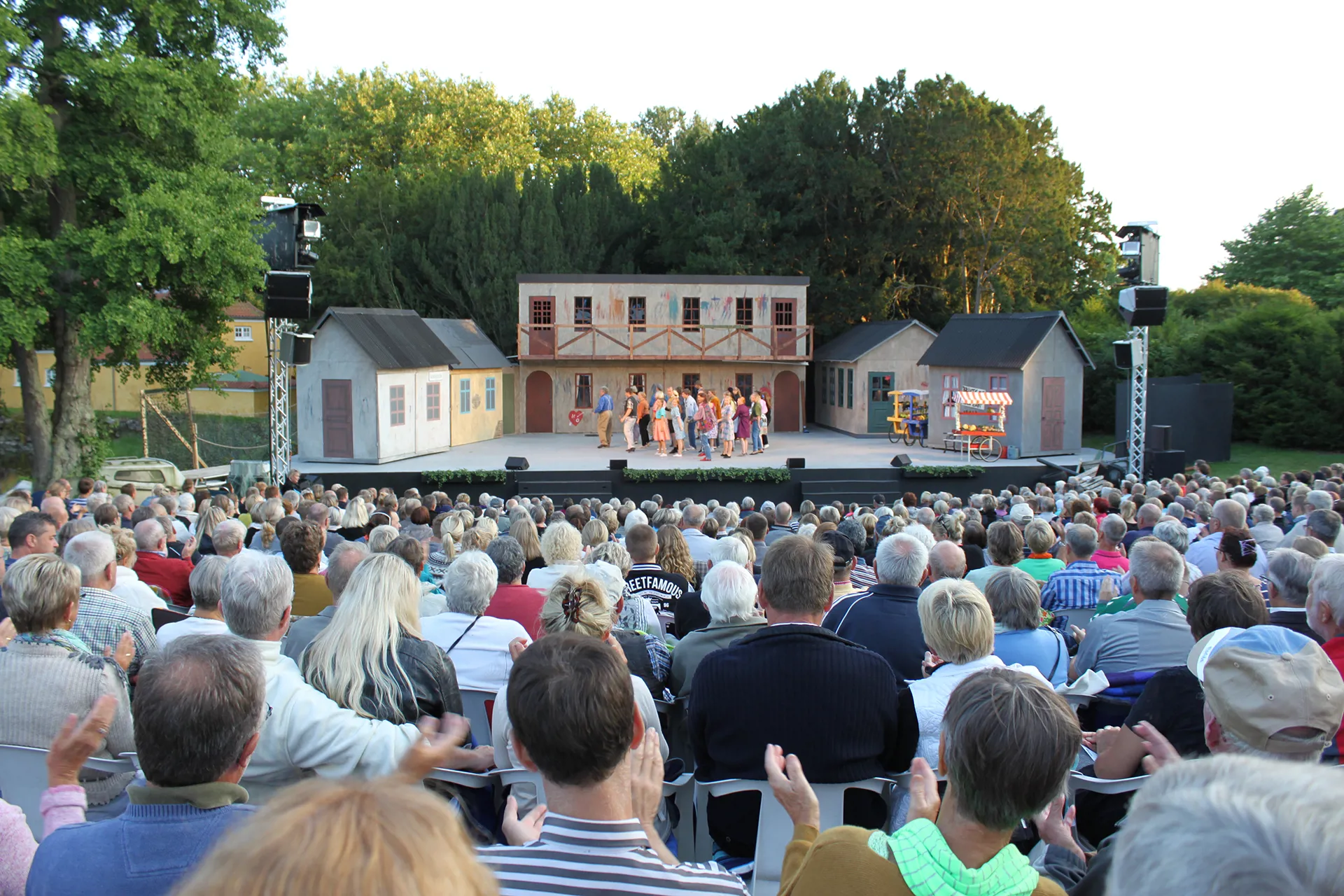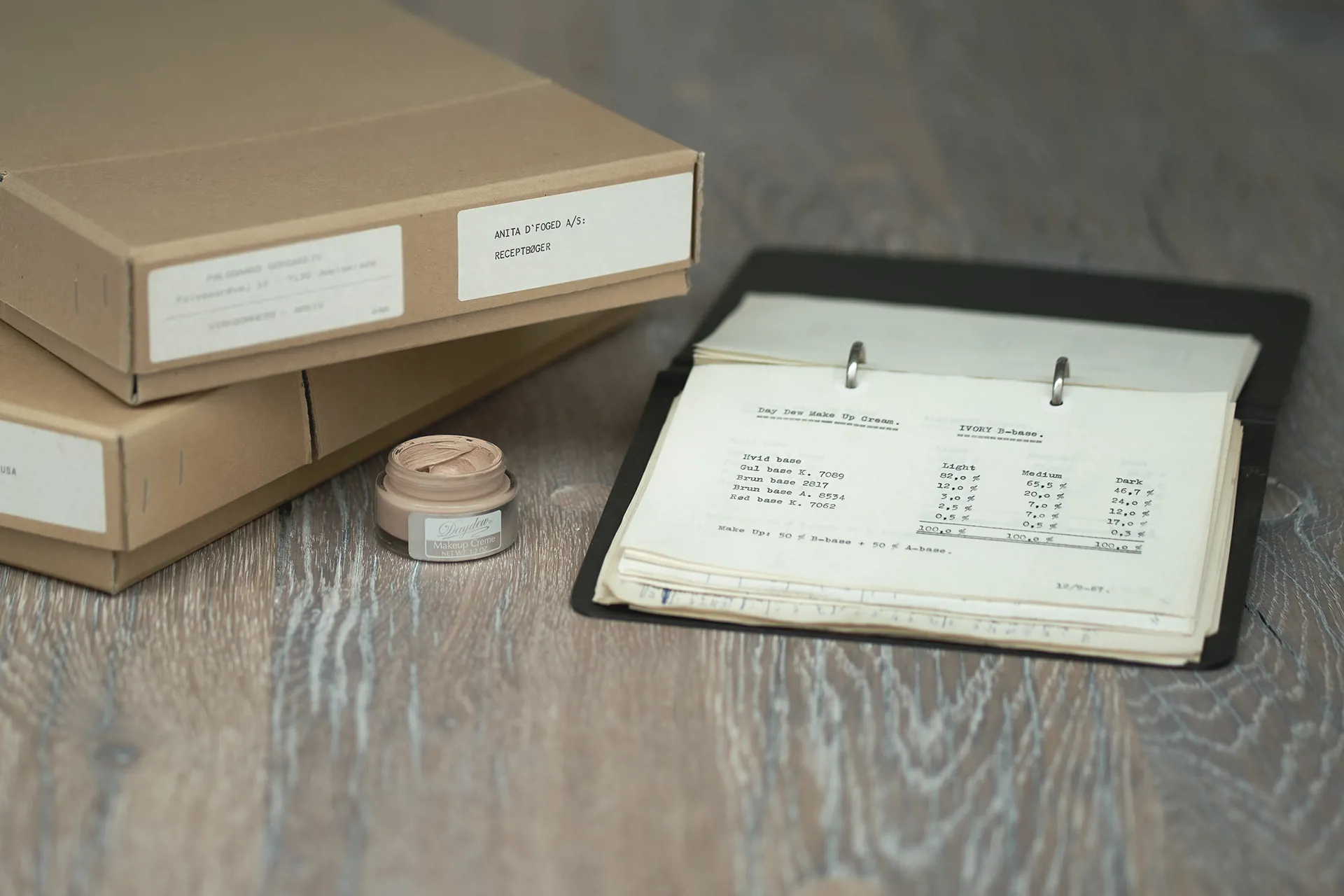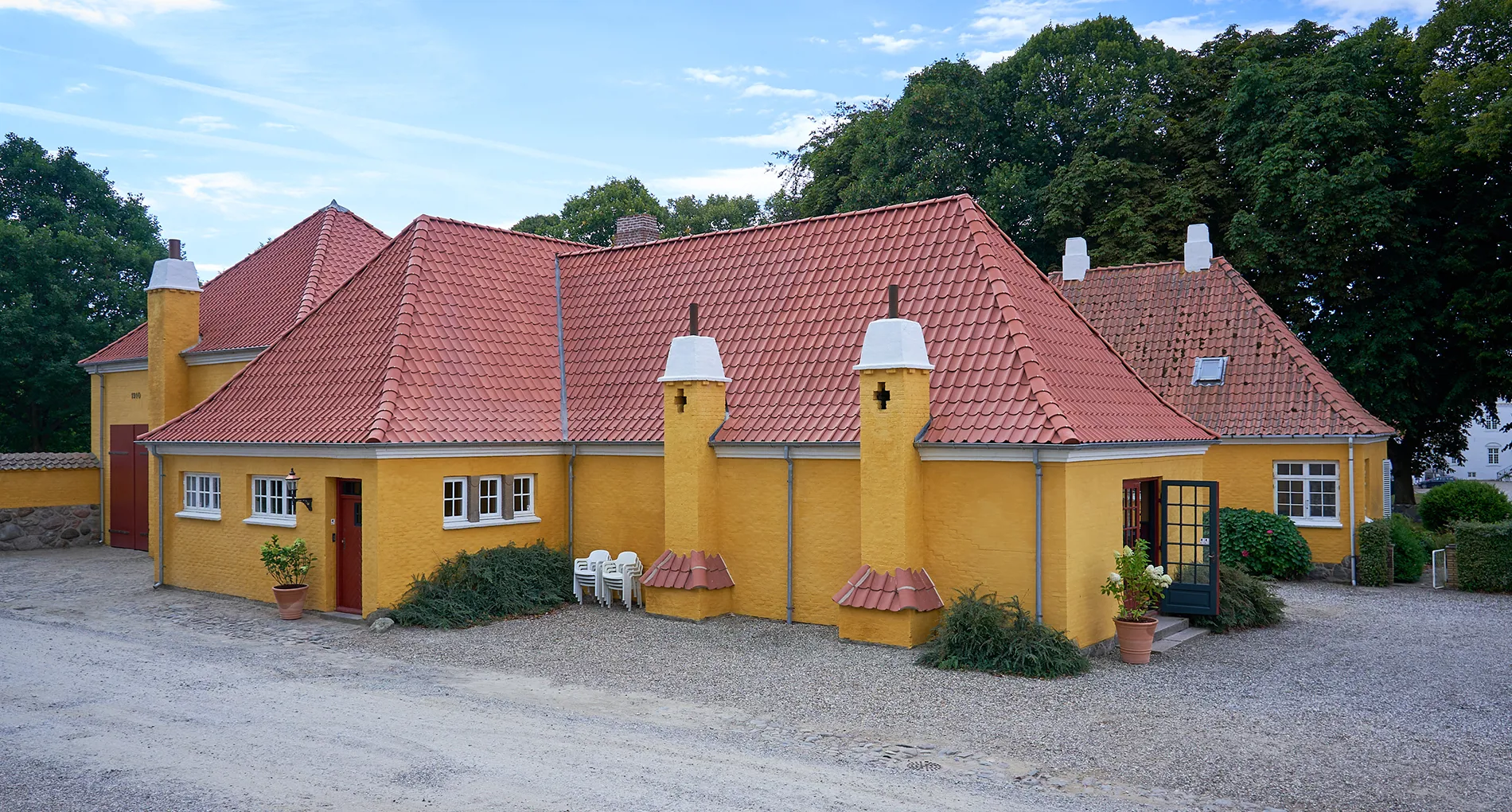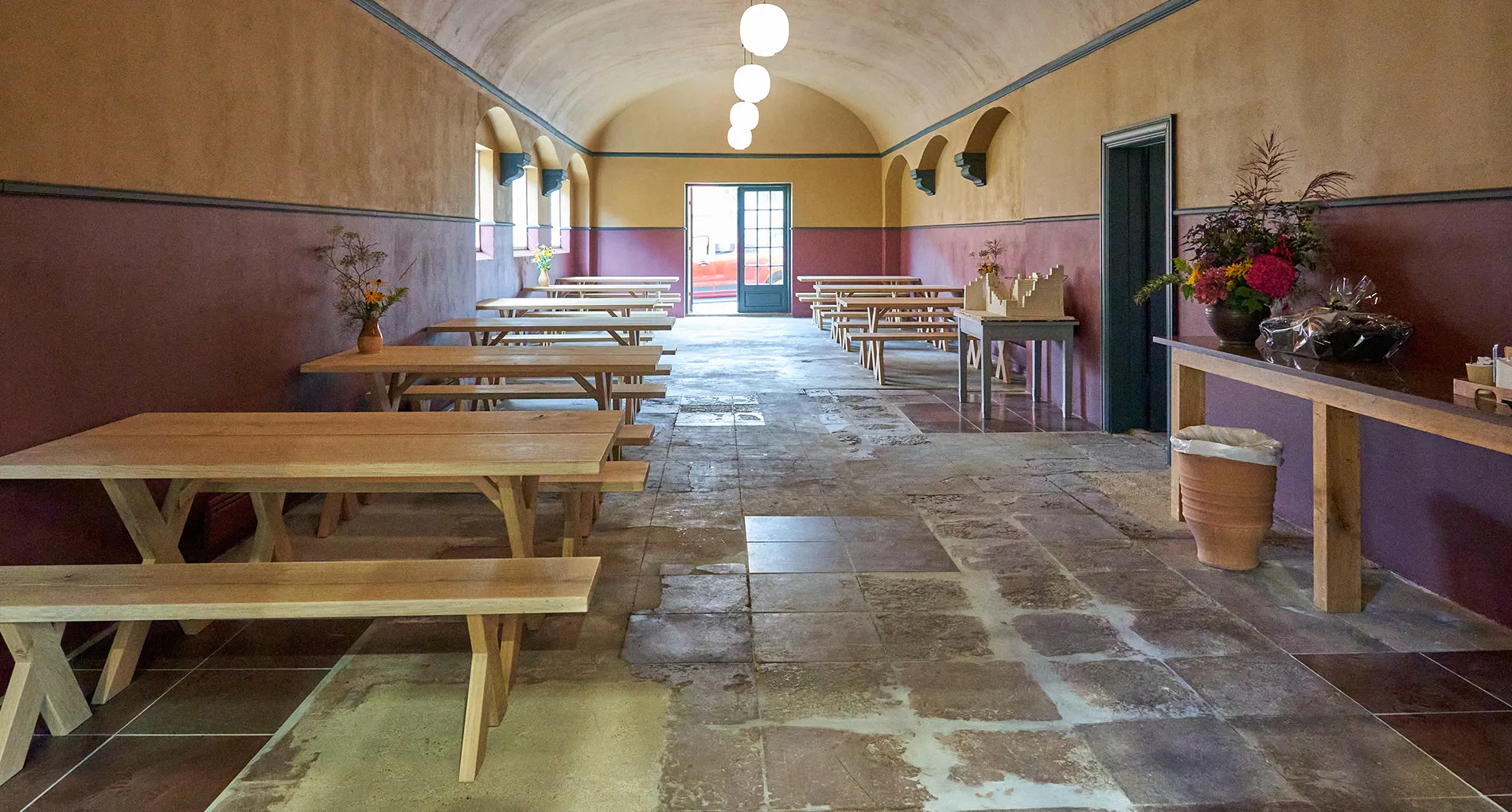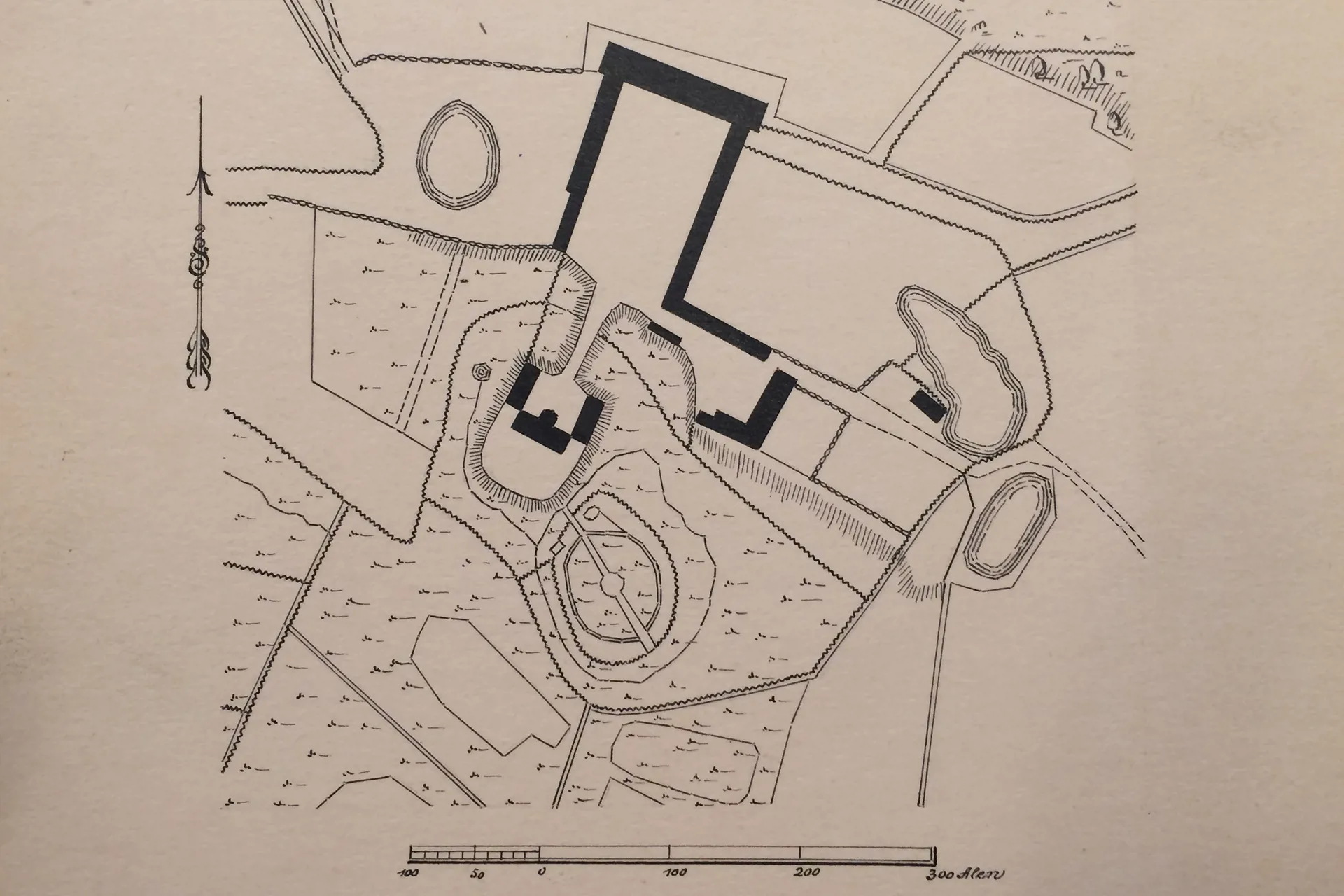
The Beginning of the Garden
We know that the first garden at Palsgaard was called "Keglehaven" (the Bowling Garden). It was a small oval area at the foot of the hill, where the family of the estate played a form of skittles. In the 1840s, Niels Juel Reedtz began developing the landscape garden as we know it today.
Reedtz drained the marshy area, and with the help of landscape gardener Hansen, he made a plan for the garden. The vision was to blur the boundaries between garden and landscape, so that hills, fields, forest and water would serve as a scenic background for the many rare trees and plants.

